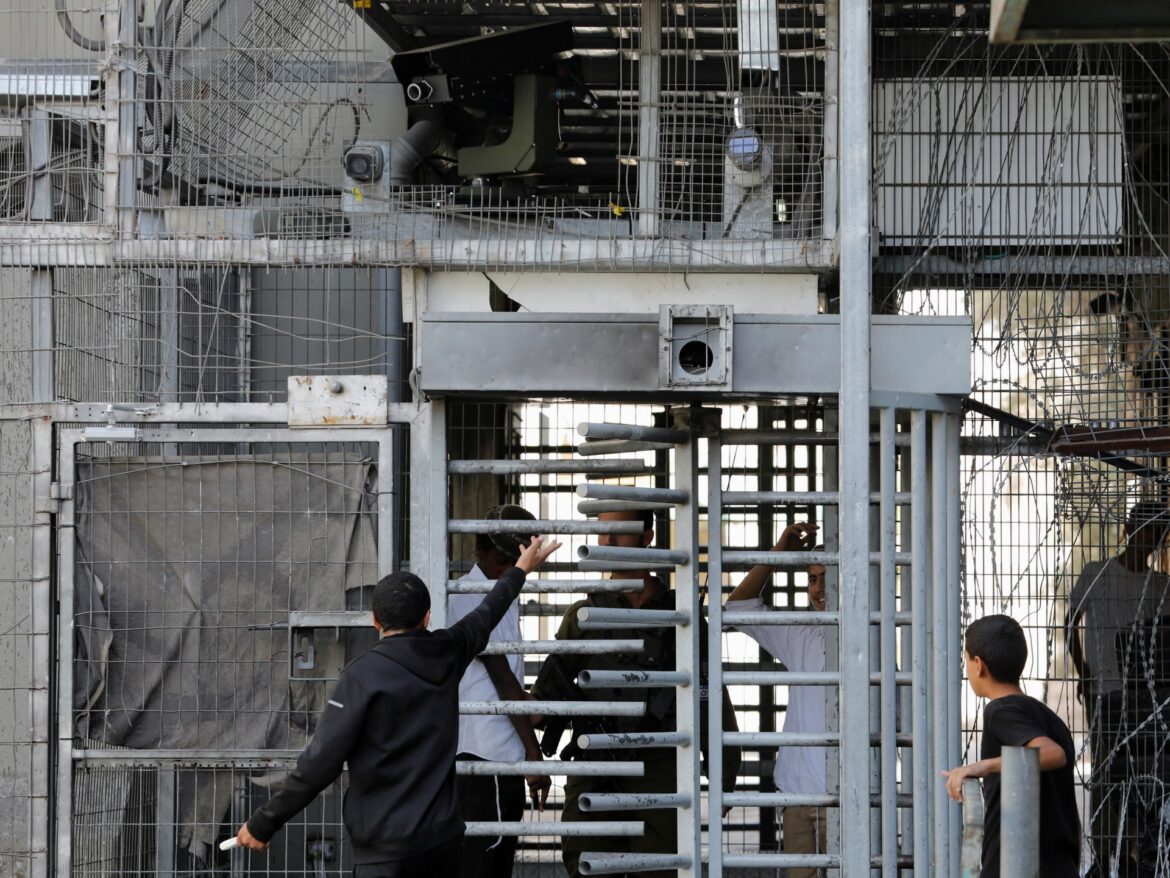American journalist Nathan Thrall narrates how a simple bus accident ended in disaster for the family of Palestinian Abed Salama and the death of her son, who was burned alive, tracing the tragedy and its consequences for the parents and the residents of their village, combining the unique story of this young boy with the great history of the Palestinian people, in a breathtaking narrative of apartheid in life. Daily, passed in silence on the French media.
With this introduction, Ourian 21 website summarizes the book “A Day in the Life of Abed Salama,” whose author won the Pulitzer Prize in May 2024, in the literary category called “realism.”
It is a humane book written in simple words and easy sentences, sparkling with the desire to share feelings and understand the facts they generate. It describes the drama experienced by the family of Abed Salama, the Marxist activist in the Democratic Front for the Liberation of Palestine.
ignorance
Writer Sylvain Sibel was surprised – before presenting the book – at how the French press ignored this book, which was published several months ago, even though it was wonderful and enjoyed great fame in the United States. He wondered if this was due to its subject, which is the Israeli occupation that has been killing the Palestinians for three-quarters of a year. a century? Which topic is considered “old and outdated”?
The events begin in February 2012, when Milad (5 years old) went on a trip with his class, from his family who lives in Anata, a village in Jerusalem, divided by the apartheid wall that Israel built to encircle the West Bank and reinforce its “division into cantons.” The Jewish settlers were separated from the indigenous population, and it is a stone’s throw from the Israeli settlement of Anatot.

Circumstances of the incident
The weather was bad, and during the storm, the bus collided on the bumpy road in the West Bank with a truck driven by a Palestinian, and it overturned and caught fire. The teacher, Ola Al-Julani, bravely saved, and the Palestinian Salem, many children, accepted her. An adult and 6 children died, including Milad Salama.
The book narrates this drama, which has nothing to do with the geographical and political situation of the village of Anata, and the extent of its impact on Abed Salama and his wife Haifa.
It also narrates the turmoil of life in the Palestinian city and the political and cultural currents that pass through it, as well as the constant presence of settlers, the Israeli special forces and the army, and their sometimes strange way of life and thinking.
Thus, Thrall paints a picture of the heroes, the Salama family, their relatives, friends, and neighbors, and their lives as Palestinians who are exposed to the methods used by the Israeli occupier to dismantle their society, dividing it into different or perhaps warring groups, separated by multi-colored identity cards that give each person a different status, depending on whether he carries a yellow or green card. , or others.
Apartheid wall
Thrall points out that when Israel built the apartheid wall, the enclave that includes the neighborhoods of Anata, Shuafat, and Kafr Aqab suddenly moved to the other side of the wall, and overnight, 100,000 Palestinians were deprived of the services provided by the Jerusalem municipality, such as firefighters, police, and ambulances. They did not enter. Except the army.
Thrall also highlights the weight of the past, without which we cannot understand anything, such as the Nakba and ethnic cleansing of 1948 in the city of Haifa, the original home of the Salama family, and other events such as the massacre of the Tal al-Zaatar refugee camp in Lebanon in 1976, 6 years before Sabra and Shatila.
It also reminds us of Oslo, the agreement that should have enabled “Israeli-Palestinian peace,” and which many Palestinian activists understand before their leaders, that under the guise of peace, the Israelis only intend to negotiate “security” and nothing else.
Sterile methods
In a period when the occupation is becoming stronger, Thrall mentions the story of Dr. Hoda, who works for the United Nations Relief and Works Agency for Palestine Refugees (UNRWA), whose son was arrested and confessed to throwing stones at soldiers, so that he and his mother were tortured before the army lawyer suggested to her that her son’s sentence be reduced by half, if I stopped filing complaints about torture.
Nathan Thrall also describes these paths that allow settlers to move safely. The army calls them “sterile roads,” meaning devoid of Palestinian residents. Some later called them “apartheid roads.”
On the day of the tragedy – as Thrall recounts – Abed, with his green ID card, was not allowed to go alone to Ramallah Hospital, where his son was taken, and Haya – a Palestinian mother with two children – on the bus had to wait two hours at checkpoints to cover a distance of 14 kilometers. separated from the hospital.



